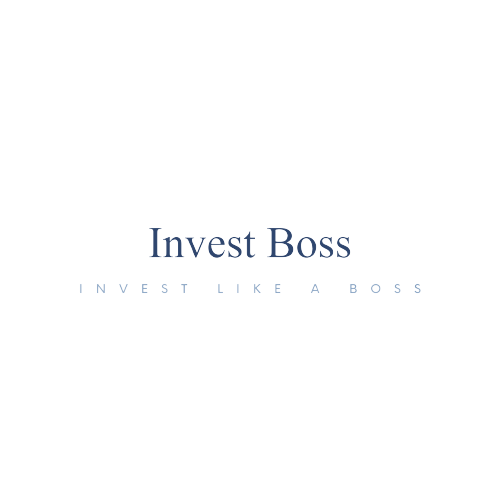Societe Generale Raises Year-End S&P 500 Target Amid AI Boom
Societe Generale, a multinational investment bank and financial services company, has revised its year-end target for the S&P 500, raising it from 3,800 to 4,300. This revision represents a significant shift in the bank's outlook, which was initially one of the most pessimistic on Wall Street at the start of the year.
The bank's team, led by Manish Kabra, attributes this upward revision to the influence of stocks associated with the artificial intelligence (AI) boom. These stocks have contributed an additional 500 points to the index, and the bank believes that their influence is not likely to wane in the near future.
One of the key factors driving this change in outlook is the impact of AI on earnings per share (EPS) for companies in the S&P 500. Surprises driven by AI have resulted in a 3% to 4% increase in EPS this year, a trend that was not initially anticipated. Other positive indicators include less negative EPS revisions than expected, improving profit margins in line with leading indicators, and a boom in non-residential construction reshoring.
Despite these positive signals, Societe Generale remains cautious about the broader macroeconomic landscape. The bank has identified several indicators of potential concern, including the yield curve, lending standards, the new order components of the Institute for Supply Management’s indexes, and its own measures of the U.S. consumer, profit growth, and global economic surprises.
Looking ahead, the bank warns that a reversal in profit margins, weakness in credit, and a sharp increase in the risk of recession are likely to become apparent in the first half of 2024. These factors, it suggests, could bring the S&P 500 back down to 3,800.
Societe Generale also outlines two potential risks, one positive and one negative. On the positive side, the bank suggests that the AI boom could continue to feed into the market in a manner similar to the technology, media, and telecom (TMT) bubble of the 1990s. If this were to occur, it could propel the S&P 500 to around 5,500. On the negative side, any factors that lead to oil prices rising above $100 per barrel could trigger a second surge in U.S. consumer prices, forcing the Federal Reserve to tighten monetary policy even further.

